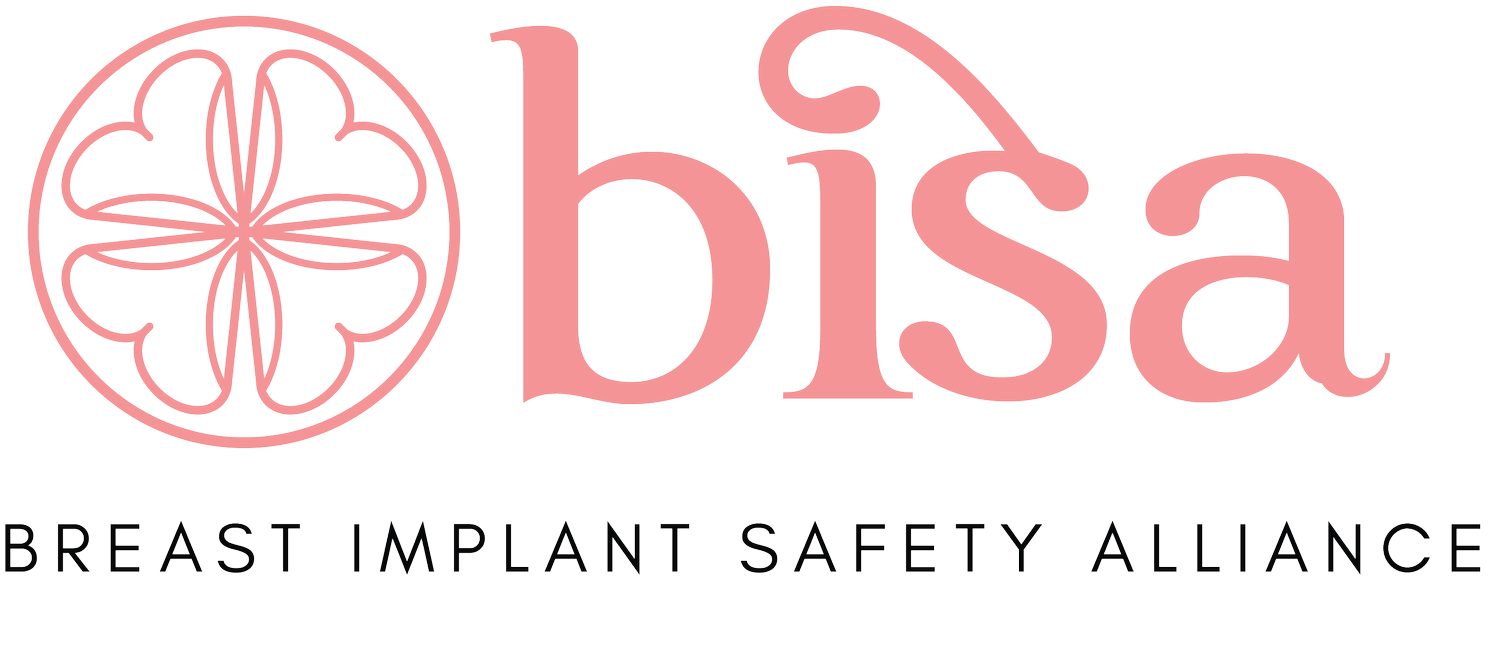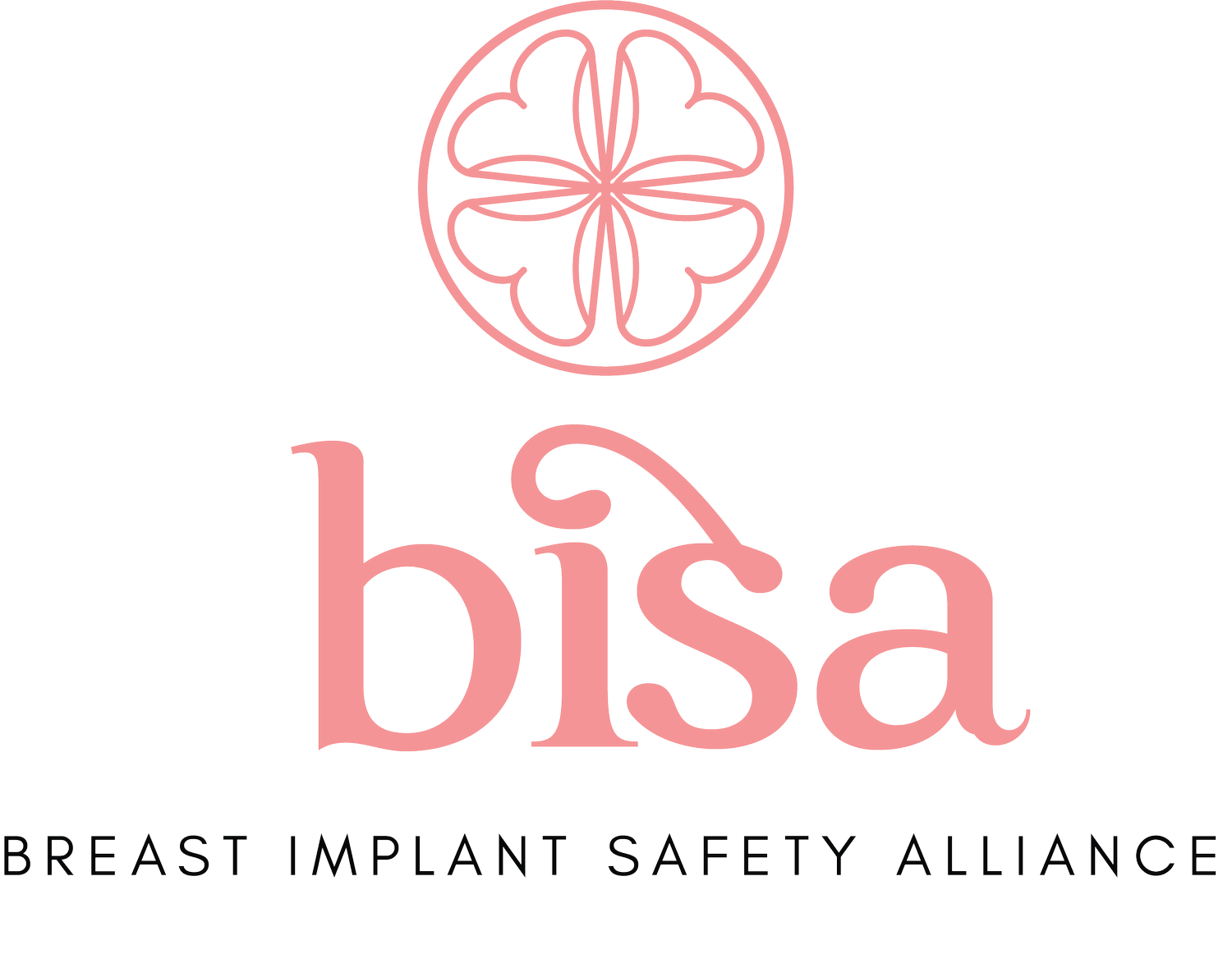BISA Responds to Statements on Explant Recommendation For Textured Breast Implants
On Feb. 27, 2024, the Plastic and Reconstructive Surgery journal published evidence-based recommendations from the American Association of Plastic Surgeons (AAPS) for the management and prevention of BIA-ALCL.
Lead authors include Dr. Mark W. Clemens from MD Anderson Cancer Center and Dr. Terence Myckatyn from the Washington University School of Medicine, among other contributors.
Key Recommendation: It Can Be Deemed Reasonable to Remove Textured Implants to Potentially Reduce the Risk of BIA-ALCL
The AAPS recommendation indicates it can be deemed “reasonable” to remove any type of textured implant based on its potential to reduce the risk of BIA-ALCL.
The FDA addressed the recommendation in its own statement. Though it didn’t deny textured implant removal may have the potential to reduce risk, the agency stated that it does not recommend removal for asymptomatic patients because the occurrence of BIA-ALCL is uncommon.
The experts were careful to explain that although removing a textured implant to reduce the risk of BIA-ALCL may be reasonable, it’s up to the surgeon, in consultation with the patient, to decide whether the procedure is advisable in each individual case.
Is it recommended for asymptomatic patients with textured implants to remove them prophylactically (preventatively)?
“It’s important to note that the FDA’s generalized statement to not recommend prophylactic removal of textured implants is limited to asymptomatic patients, and even in that instance, the reason to not recommend it was on the grounds that BIA-ALCL is uncommon,” said Jennifer Cook, the director of BIA-ALCL advocacy at BISA Nonprofit.
“Therefore, great care should be taken to identify whether a patient is truly asymptomatic,” she added, “in addition to whether there’s any reason an individual’s risk of BIA-ALCL might be higher than that of the general textured implant population.”
Individual decisions about implant removal will be impacted by the risks of the surgery itself, which will also differ among patients. Patients should also recognize that potential risk reduction is not the same as risk elimination, Cook noted.
“All patients, whether they remove their textured implants or not, will need ongoing surveillance and should seek an evaluation for BIA-ALCL if any new symptoms or changes on imaging develop,” Cook explained.
Symptomatic patients should be properly evaluated before any explant surgery. If patients with BIA-ALCL are known to have the disease before the implant is removed, many actions can be taken before and during surgery that might improve their prognosis.
BISA advocate Terri McGregor also commented on the distinction between asymptomatic and symptomatic patients, stating, “Our real-world data suggests the majority of implant surgeons are missing the full spectrum of symptoms.”
Articles with detailed information about BIA-ALCL symptoms may be helpful:
2021. Advising patients about breast implant associated anaplastic large cell lymphoma. Gland Surg.
2023. Anaplastic large cell lymphoma in people with breast implants. BMJ.
A 2023 study published in Aesthetic Plastic Surgery titled Mortality Rate in Breast Implant Surgery: Is an Additional Procedure Worthwhile to Mitigate BIA-ALCL Risk? indicated that breast implant surgeries in Italy showed a 0% mortality risk. Led by Dr. Fabio Santanelli di Pompeo, Ph.D., the research discusses other data relevant to BIA ALCL and the possibility of risk-reducing procedures.
Did the statements include any other notable recommendations?
The experts recommended discontinuation of the use of macrotexured breast implants due to their disproportionately higher risk of BIA-ALCL. However, the recommendation was not extended to all textured implants — the consensus required wasn’t achieved because of limited data.
They recommended each implant manufacturer disclose the number of BIA-ALCL cases reported to them, as well as the country-specific and global sales and implantation figures for their breast implants.
According to Cook, the recommendation flags an alarming reality: “First, risk estimates for BIA-ALCL are made without a complete understanding of how many cases of BIA-ALCL exist, and second, we don’t have the data needed to accurately estimate the risk of BIA-ALCL for each implant type.”
“As advocates, we need to learn which manufacturers are withholding this data and what regulators are doing about it,” Cook added.
In recommendation 10, the experts recognized the protective value of routine imaging for textured breast implant patients, even when patients are asymptomatic. Specifically, the panel acknowledged that hidden fluid collections or masses associated with BIA-ALCL might be recognized on surveillance imaging for a gel leak, thus increasing the odds of diagnosing the disease at a more treatable stage.
Given that patients can take proactive steps to protect their health from BIA-ALCL, the experts expressly recommended that all patients with textured implants be notified they are at risk for the disease.
They also stated that “all patients with breast implants should be informed that any changes in their breast appearance or changes in breast symptomology warrant an evaluation by their care provider.” They stated that, for symptomatic patients with textured implants, “focused imaging with US or MRI is warranted.”
Cook said physical changes in the breast area are very common after breast implants. The need for both routine imaging, as well as imaging with every new symptom or change in your breast to protect against implant-associated cancer, should caution any patient against taking on the risk, she explained.
“Frequent imaging can be expensive, time-consuming, and anxiety-provoking, and this impact can be felt even if an implant-associated cancer is never developed,” Cook added.
The experts also addressed issues impacting the treatment of BIA-ALCL, including the role of surgery, radiation, chemotherapy, immunotherapy, and genetic testing.
Finally, on the topic of genetic abnormalities and the risk of BIA-ALCL, the statement noted research showing that patients with BRCA1/2 and TP53 germline mutations may be quicker to develop BIA-ALCL after exposure to textured implants. Thus, having those mutations may be additional contraindications to textured implant use.
Final Takeaway: ASPS, ASAPS Statements on Explant Recommendations With Textured Explants
The American Society of Plastic Surgeons (ASPS) and the American Society for Aesthetic Plastic Surgery (ASAPS) both issued statements addressing the AAPS and the FDA recommendations regarding the removal of textured implants in asymptomatic patients. Neither society denied that textured breast implant removal has the theoretical potential to reduce the risk of BIA ALCL. However, they both discussed the limitations of a key study cited by the AAPS. Both societies encouraged patients considering removal to consult their plastic surgeon.

